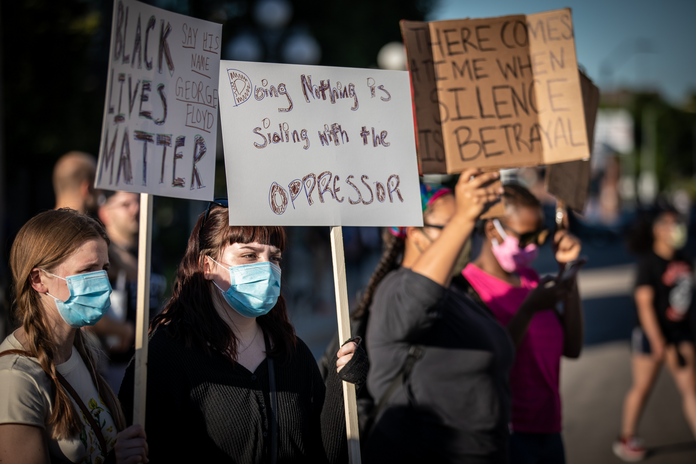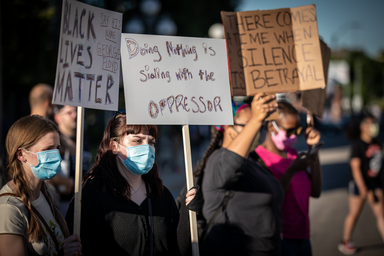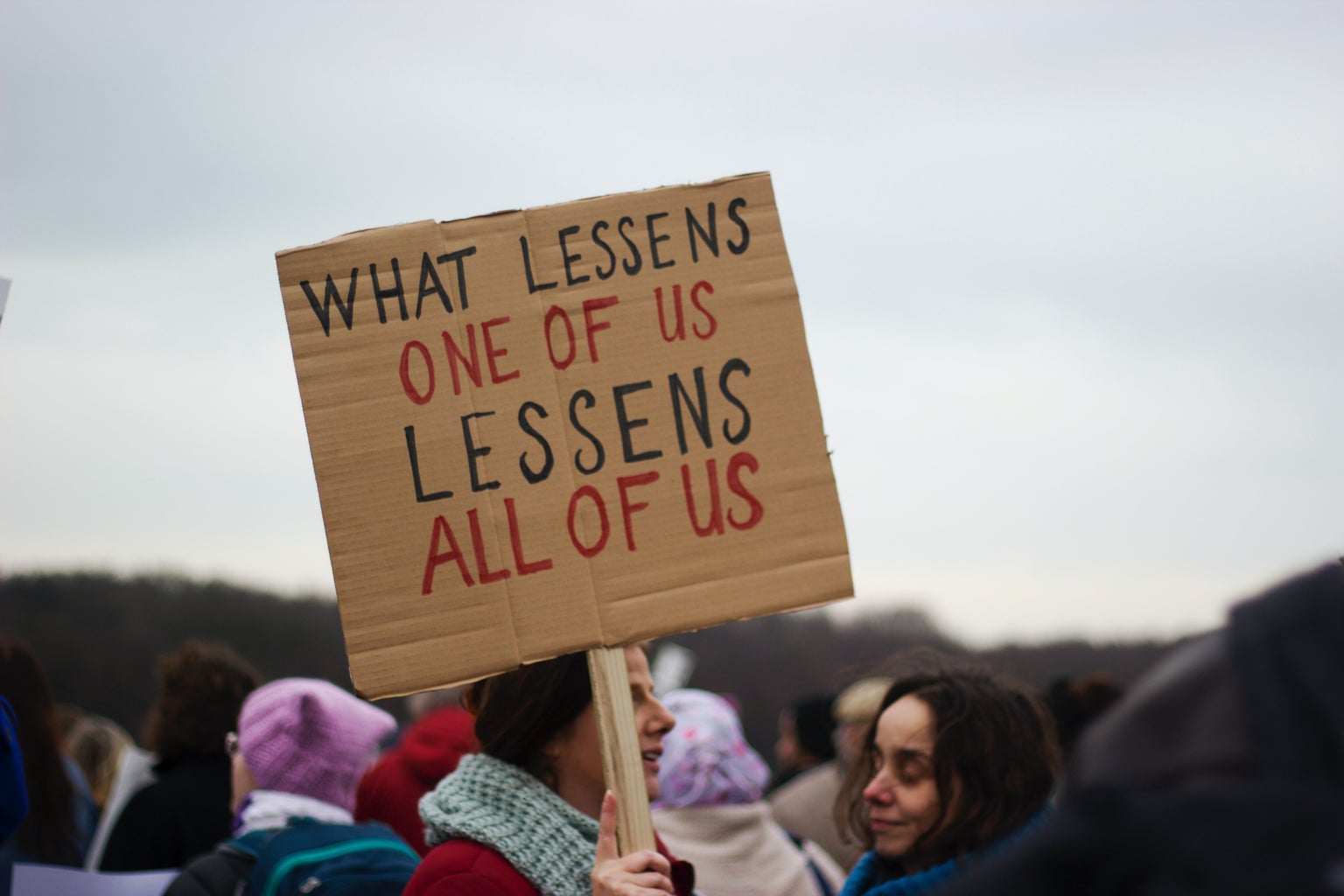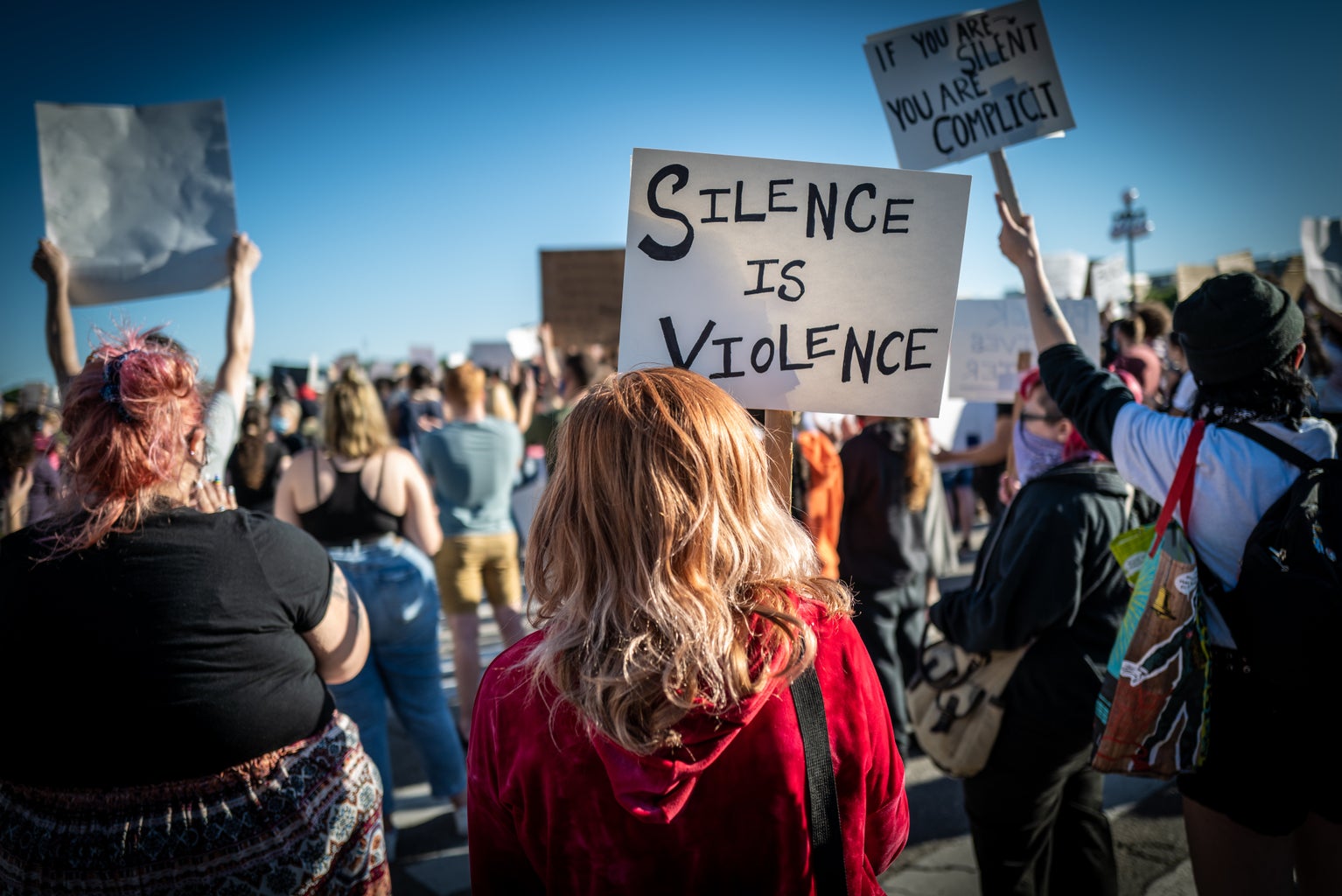Skin-lightening and bleaching cream campaigns, the expectation that Indian American women should be high-achieving yet subservient and the generalized self-silencing of the Indian American demographic are just a few of the intricate issues with roots in the model minority myth and Indian Americans’ confusing roles within polarized Black and white American racial politics.
An annual survey conducted by Ness Sandoval, Ph.D., associate professor and co-director of the public and social policy doctoral program at Saint Louis University (SLU), showed that in 2020, the Indian foreign-born population of 15,081 individuals was the largest foreign-born population in the St. Louis region ever. This number was a 194% increase from the 5,129 foreign-born Indians living in the region in 2000. As the Indian American demographic grows on SLU’s campus, investigating their role and relation to anti-Blackness and implicit bias may help create a more inclusive and better-informed understanding of what it means to be an Indian in America.
Historically, Indians along with other South Asian groups were encouraged to immigrate to America with the promise of financial opportunities and the opportunity to be a “model minority.” The model minority myth refers to the narrative that Asian Americans are a high-achieving and talented minority group. As Indians quickly joined the middle to upper class in America, they were advertised as “people who can do it better despite being people of color” compared to exploited and enslaved African Americans. From the beginning, the Indian immigrant population in America was pitted against Black people and this rhetoric echoes within Indian American communities today. A generalization that many Indian Americans’ still carry today and boast about is the sentiment, “We’re Indians, we work really hard. We have awesome educations. We get good careers. We make lots of money. We’re such good people. Other people aren’t like us.”
Another disadvantage of this rhetoric is that it can mask anti-Indian violence in America and even silence it. In his essay, “I am an Indian Man. I Had Anti-Racist Work to Do,” Indian American writer and activist Anil Hurkadli writes about how in response to hearing anti-Black violence on the news, his mother asked, “Why can’t they [Black people] behave like us [Indian Americans]?” Indians will never have the social advantages or racial power that white Americans can leverage and for that reason, Indian Americans will only be hurt by this type of anti-Black rhetoric.
The rhetoric that “whiteness” is associated with “superiority” and any person of color was associated with “inferiority” isn’t a new development. This idea was pushed onto Indians beginning from Britain’s rule in India. For example, when Winston Churchill persistently and adamantly exported grain from Bengal to Europe, it generated the Bengal Famine of 1943 which caused the death of 3,000,000 Indians. In response, Churchill blamed Indians for the scarcity when he said on record, “Indians are a beastly people with a beastly religion.” While this view of Indians as “inferior” and as the “other” group seems to contrast the model minority status Indians were given many years later as immigrants to America, the concept of white supremacy remains constant in both cases.
For this reason, when the Indian diaspora in America attempt to align themselves with white privilege and consider the Black population as the “other people,” they ignore their own history of oppression by similar systems of power. This in turn causes the violence that occurs against Indian Americans to often be ignored in a continual attempt to gain privilege from a system that was never built to give Indian Americans an advantage without strings attached. The system which gave Indian Americans the title and status of “model minority” was built to oppress the Black population, never to help the Indian diaspora.
Alternatively, the system is designed so it can take advantage of Indian Americans’ silence. One such case of silencing occurred after a racially motivated shooting when Indian-born engineer Srinivas Kuchibhotla was killed in a Kansas City bar after the shooter shouted, “Get out of my country”. In response, elderly Indian American doctors who heard the news online said, “The more noise we make, these racists will be awakened, who may never have heard of Hindus and their customs.” Self-silencing is common to the culture of South Asian Americans, since being perceived as non-threatening allows South Asians to continue benefiting from the system that paradoxically doesn’t actually value their safety.
The rise in crimes against college-age Indian Americans is one example of this. Ruth George was a University of Illinois Chicago student who was sexually assaulted and violently killed in a parking garage on Nov. 23, 2019. Syeda Lulu Minhaj, a 38-year-old student at Trine University, was found homeless on the verge of starvation in Chicago in July 2023 after all of her belongings were stolen. On Feb. 6, 2024, Syed Mazahir Ali appealed for help after being robbed and assaulted by four individuals, and there are so many more names that must be remembered.
The model minority myth encourages South Asians to differentiate themselves from the Black minority group, falsely leading them to assume that their privileges will ensure their safety and their success will allow them to be “respected.” In reality, if intersectional thinking is applied, it is evident that various sects of the South Asian community are multiply marginalized and their struggles cannot be grouped with those of other minority groups.
So, what can Indian Americans do? Addressing any implicit anti-Black bias within your community, whether that is at home with family, with friends or your university helps encourage Black-Indian solidarity. Often, it’s easier to spot bias in others than in ourselves. One bias test that may help begin this conversation is to take the Harvard Implicit Association Tests (IATs) linked here. By beginning these conversations, we can take our first steps towards reversing anti-Black and anti-Indian race rhetoric, directly combating self-silencing practices and beginning to understand Indian Americans’ third space.




